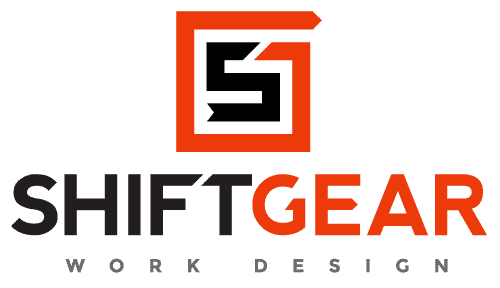We are born problem solvers. As our experience grows, we rely on our experience and intuition to move quickly, generating solutions before we even articulate the problem. Often, those solutions miss the mark because the real problem is different from what we assumed. Solving the right problem starts with making sure we have a good, quantified problem statement, free of solutions and attributions. Then we follow a simple process, the scientific method, to make sure we get all the right data and generate solutions that fit the real problem. And, when scoped correctly, this bit of structure allows true discovery, experimentation, and innovation.
Structure for Discovery
Organizations set targets and launch plans, putting everyone in motion to meet those targets as if nothing internally or externally will change, and as if the assumptions behind the targets and plans were correct. In structure for discovery, DWD starts with quantified, targets and the intent behind them. Then supporting metrics are confirmed and activities proposed and agreed to. Frequent meetings and good feedback ensure that the activities are delivering as expected. Gaps to target are captured early and serve as the raw material for more investigation and innovation. The team is not just executing the plan; they are discovering new ways to deliver the work as they find and resolve issues in their path.
Connect the Human Chain
Organizations are human systems, made up of tens, hundreds, even tens of thousands of people. Work flows among these people in complex ways, yet rarely in face-to-face communication, a scarce and powerful resource if organized well. Often employees don’t know who is receiving the work they do and if it is what they actually need. DWD makes two types of human chains explicit. First is the work chain, the path the work is taking, linking individuals together via their inputs and outputs, ensuring everyone knows what is supposed to happen and when to ask for help. Second, is the management chain. This is the way the management system connects to the flow of work, delivering decisions, expertise, and resources.
Regulate for Flow
Just like a highway at rush hour, good work systems stop functioning when they get overloaded. Once they fall behind, it is easy to fall into chaos as expediting and changing priorities take the place of making the system more robust. Regulating the flow of work by controlling how much work gets started allows you to calm the chaos, get work flowing at optimal levels, while showing where the next issue is that needs to be resolved.
Visualize the Work
It’s impossible to understand and improve what you don’t see. Visual Management is especially effective in intellectual work by making the work visible. We don’t just show metrics, but allow everyone to see, in real time, where the work is moving and where the issues are. Meetings become more productive as everyone is instantly on the same page and collaborating to resolve the blockers.

